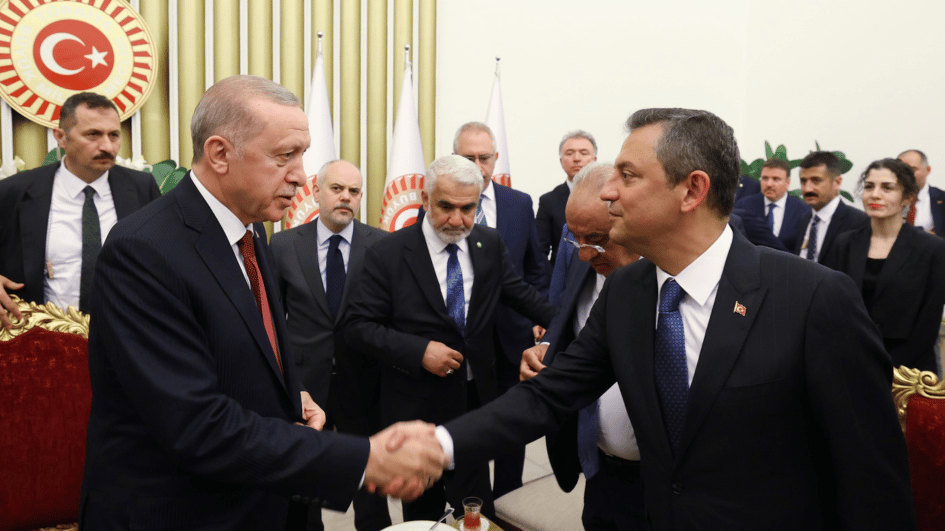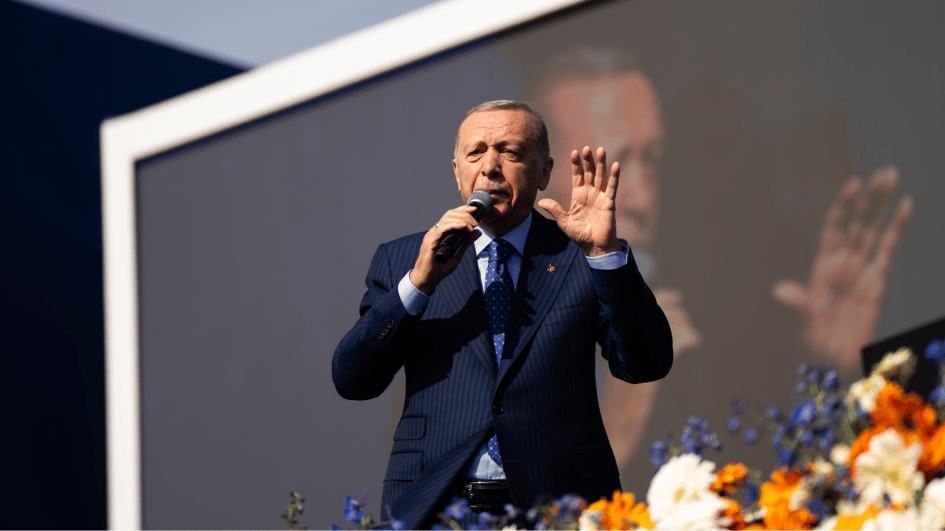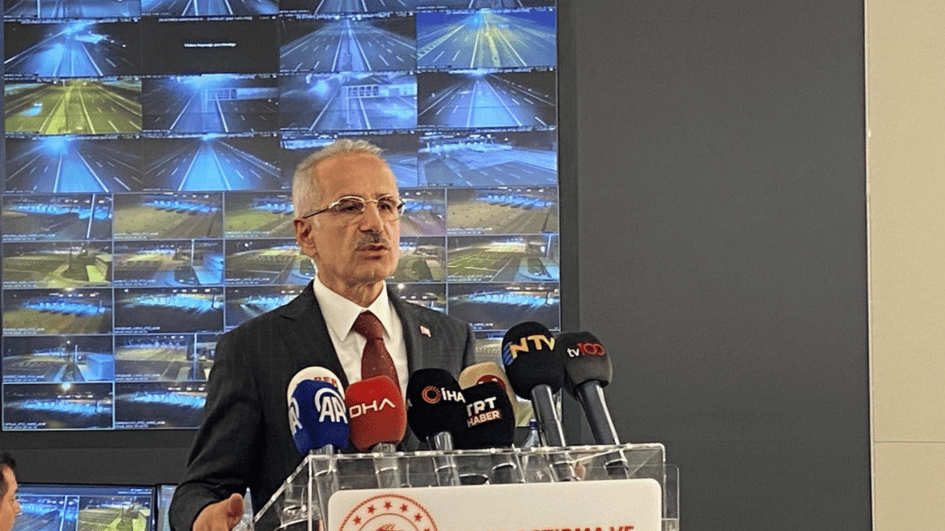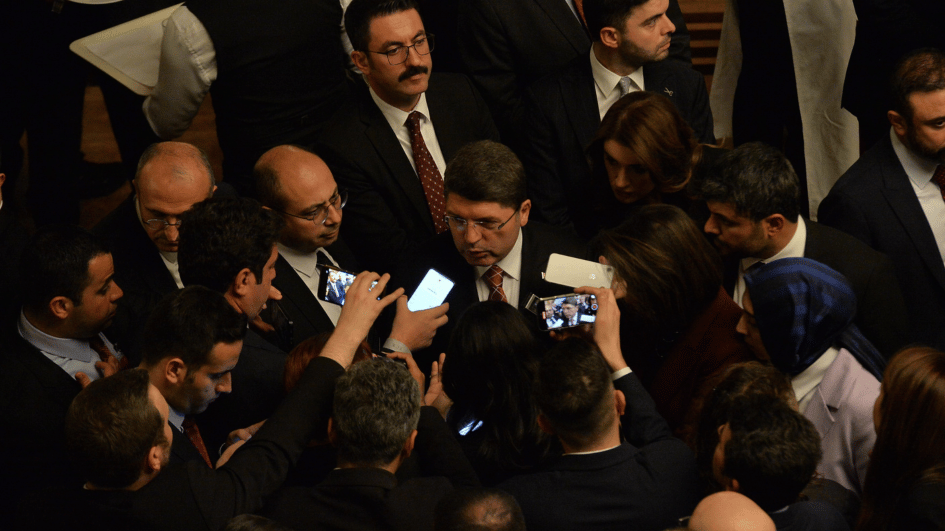Imperial Temple in Stratonikeia ancient city being restored
MUĞLA - Anadolu Agency
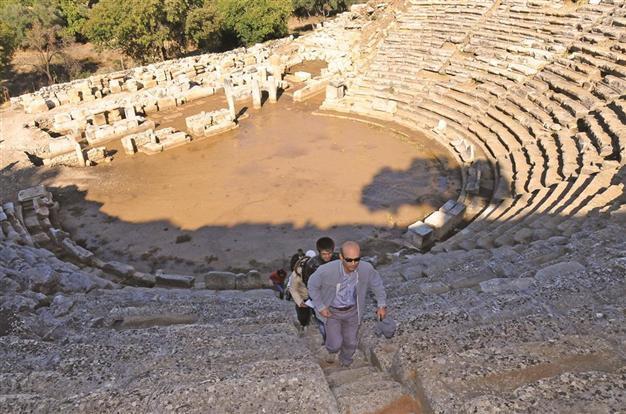
Artifacts from every era from the Byzantine to Roman and the Ottoman have been unearthed during the excavations in the ancient city. AA photo
The Imperial Temple in the ancient city of Stratonikeia, in the western province of Muğla’s Yatağan district, is being unearthed using a 3D method.The head of the excavations in the ancient city, Professor Bilal Söğüt said they had been working to restore the important structures in the city and had discovered significant data every year. He said works in the area of the Temple of Emperors unearthed structures like a Roman bath, a temple, a Seljuk mosque and a Turkish house.
Söğüt said artifacts from every era from the Byzantine to Roman and the Ottoman had been unearthed during the excavations. “We knew that a 2,600-year-old place of worship existed here. Research has determined that the Augustus Temple was built here,” he said, adding the temple found during the excavations dated back 2,000 years ago.
He added that some of the sculpture-like artifacts found in excavations were being held in museums. “There were some sculptures in the temple. This is why ceremonies were held inside and around the temple. These ceremonies show that this area was [deemed] holy. But earthquakes occurred in this era and the temple, as well as many other structures, was ruined. Many of these structures could not have been revamped after the earthquakes, especially the one in 360. We found the temple’s columns,” Söğüt said.
Temple restored using 3D method
When the work is done and the structures are restored, visitors will be able to see many structural elements in the ancient city, he said. “We restored the temple using a 3D method. Visitors see the temple in 3D and receive information about it. We restored one of the structures in the ancient city with the 3D method every year. In this way, visitors get the same excitement with us when they visit here,” Söğüt said.
Archaeological excavations in Stratonikeia, which is one of the world’s largest marble cities, commenced in 2008 and have taken place every year for nine months with a team of nine people.
Excavations continue to be carried out while conservation work on the theater, gymnasium, Roman baths, the Augustus and Imperial Temple are still ongoing. Meanwhile, broken ancient stones are being documented by archaeologists and kept for future generations with work carried out in the “Stone Hospital.”


